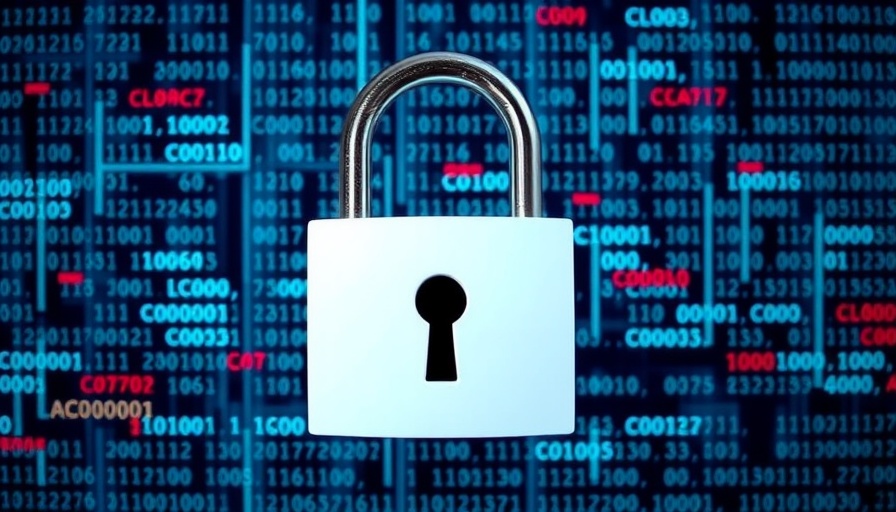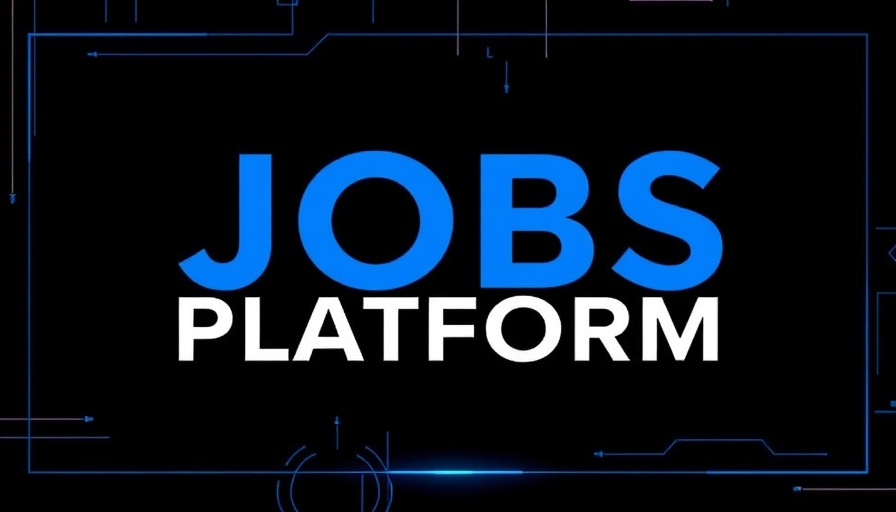
The Growing Threat of AI-Generated Code: A New Frontier in Cybersecurity
As we propel ourselves further into the future with AI technology, a critical question emerges: When AI writes code, who is responsible for securing it? Recent incidents of AI-driven deception illustrate the urgent need to rethink traditional cybersecurity measures. In an alarming case from Hong Kong, an employee was tricked into making $25 million in fraudulent transfers after being duped by a sophisticated deepfake of a CFO. This incident wasn't just a one-off; it highlighted the vulnerabilities inherent in a world where trust is easily manipulated by artificial intelligence.
Shifting Paradigms: From Static Code to Dynamic Risks
Historically, software security has focused on fixing known vulnerabilities in manually written code. However, as AI increasingly generates code autonomously, traditional methods fall short. A staggering 45% of AI-generated code comes with vulnerabilities, posing risks that are often unpredictable and undefined within established frameworks.
This shift calls for an adaptation in our security taxonomies, such as the OWASP Top 10 for AI models, which outline AI-specific threats like data leakage and model manipulation. These emerging vulnerabilities demonstrate that our security measures must evolve to keep pace.
Wide-Open Doors for Malicious Actors
The most concerning development is how AI lowers the barrier to cybercrime. Tasks that once required expert skills can now be managed with simple prompts. Research has unveiled concepts like PromptLocker, the first AI-powered ransomware, which showcases the terrifying reality of automated cybercrime at a low cost. With AI making sophisticated attacks more accessible, the industry faces a swift transformation in how we perceive and counteract these threats.
The Path Forward: Proactive Security Measures
As the landscape of code generation evolves, so too must our strategies for securing it. Organizations need to prioritize awareness of AI-specific threats and invest in training personnel equipped to handle these risks. While the technology can be intimidating, adopting comprehensive frameworks for security can mitigate potential damages. Proactive measures can help organizations maintain their integrity and safeguard against the vulnerabilities inherent in AI-generated code.
As we navigate this AI-infused world, the importance of joining conversations about cybersecurity cannot be overstated. By staying informed, we can arm ourselves against the unexpected challenges posed by these advancements in technology.
 Add Row
Add Row  Add Element
Add Element 



Write A Comment